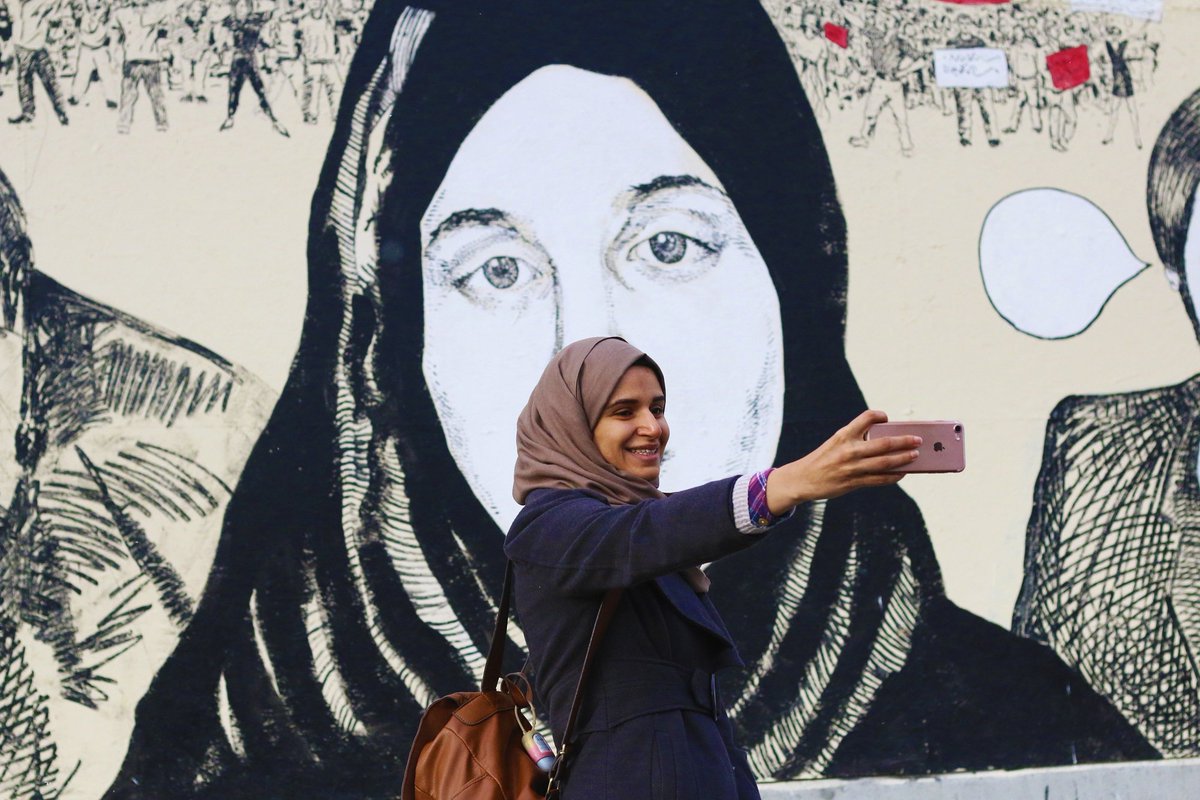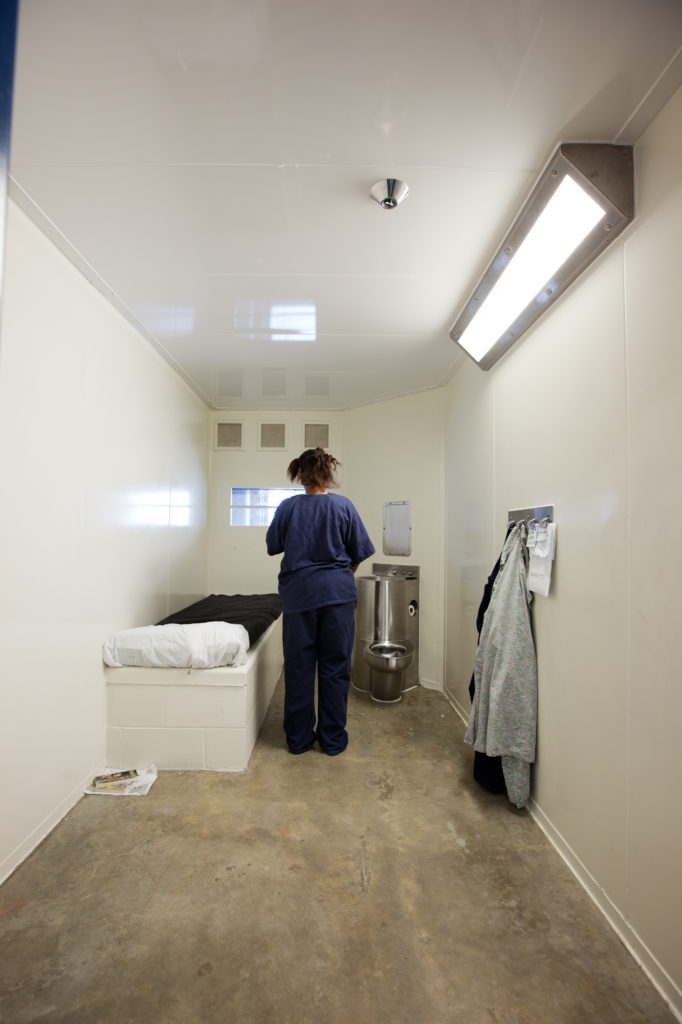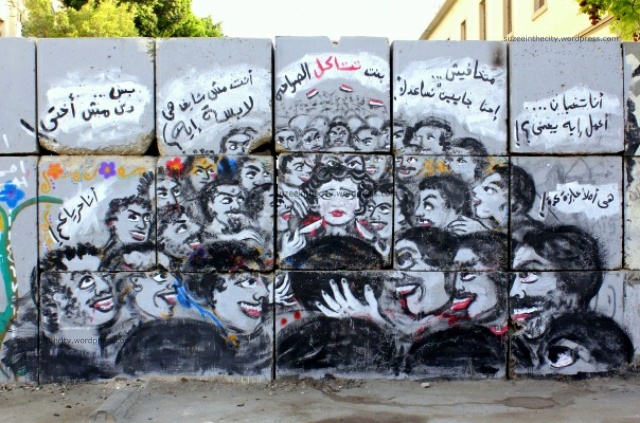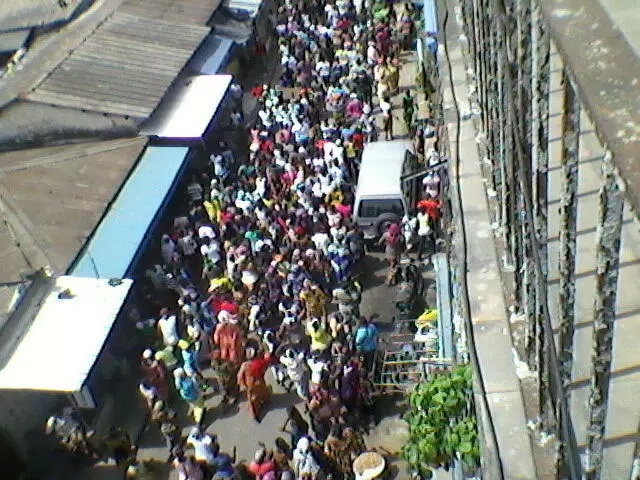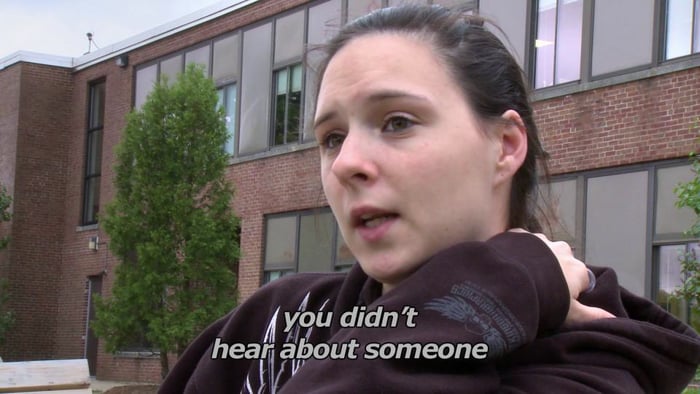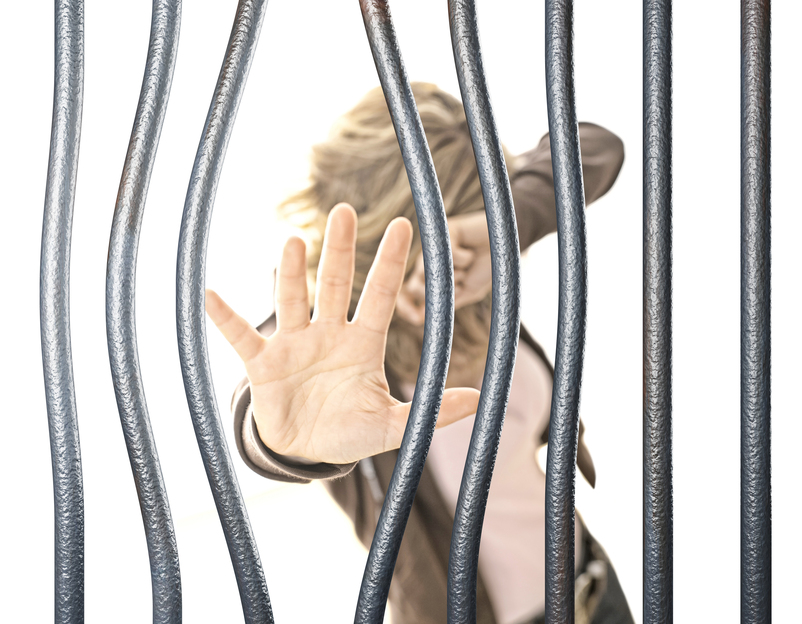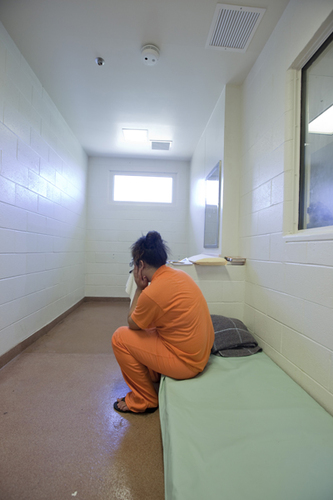
Amid all the discussions of prison, people on the outside only rarely hear the voices of the prisoners themselves. In a series of interviews with prisoners, Le Monde and the France Culture program “24 hours in prison” attempted to give a somewhat autonomous audio space to those voices.
The arrival in prison is always a traumatic event. Hugo (56 years old now) describes his first arrival in prison, when he was only 16. He returned years later and spent 29 years altogether in jail. At 16, he was terrorized and felt deeply the foreign gaze that scrutinized his naked body with a simultaneous purpose of watching and penetrating. During the strip search, he was indeed penetrated. He felt that his body was being thrown to the lions.
The search is a form of punishment, says Helene who spent 11 months in pretrial custody. Hafed explains that he always accepted getting undressed but always refused what he calls “les à côtés”, the things on the side that are all kinds of penetrating searches. He paid for his resistance with many stays in solitary confinement. Djemel adds that there is nothing more humiliating than the search.
Helene remembers solitary confinement as a place where the image of the self disappears: “You are alone truly alone; nobody else is there.”
Solitary confinement is another humiliation within the punitive system that erases personality as it destroys prisoners’ bodies. Helene recalls that she started to lose her hair immediately after her incarceration. Her hair would stay in her hands; she cut her hair short with little school scissors.
Hugo says that he has 5 upper teeth and 6 lower teeth left. He adds, “Most of the people who land in prison are already poor and arrive with dental problems and living in confinement just aggravates the problems.” He admits that he even pulled some with a fork.
The body is malnourished in prison, thanks to the mediocre quality of the meals served by Sodexo. In 2009, the Sarkozy administration contracted with Sodexo to serve 27 French prisons. Prisoners often have to buy at excessively high cost additional food to ameliorate their poor ordinary diet.
“In 2003 before I had my problems. I weighed 75 kg. Now I am 50 and weigh 54 kg. Prison makes you ugly! Because you are in a constant state of humiliation,” explains Hugo.
Sport is often a way for prisoners to remedy the effect of the penal environment. Hafed explains: “You lift weights… In that way, you wipe clean the windows and let the backroom turn to trash.” The body becomes even more mutilated. “Sport is not a matter of harmony,” explains Djemel, “You are in constant brutal relationship with sports.”
In France, as elsewhere, there are a large number of suicide attempts in prison: “Your body is in prison. You cut yourself to attract attention,” says Hugo. Desperation from the humiliating process entails mutilation but cutting is also a way to assert one’s personality and existence when facing the impossibly heavy and brutal weight of the penal system.
These prisoners’ testimonies are there to remind everyone that prisons today are designed to break their bodies and minds. As one prisoner said, “Prison is torture!”
(Photo Credit: Le Monde)

